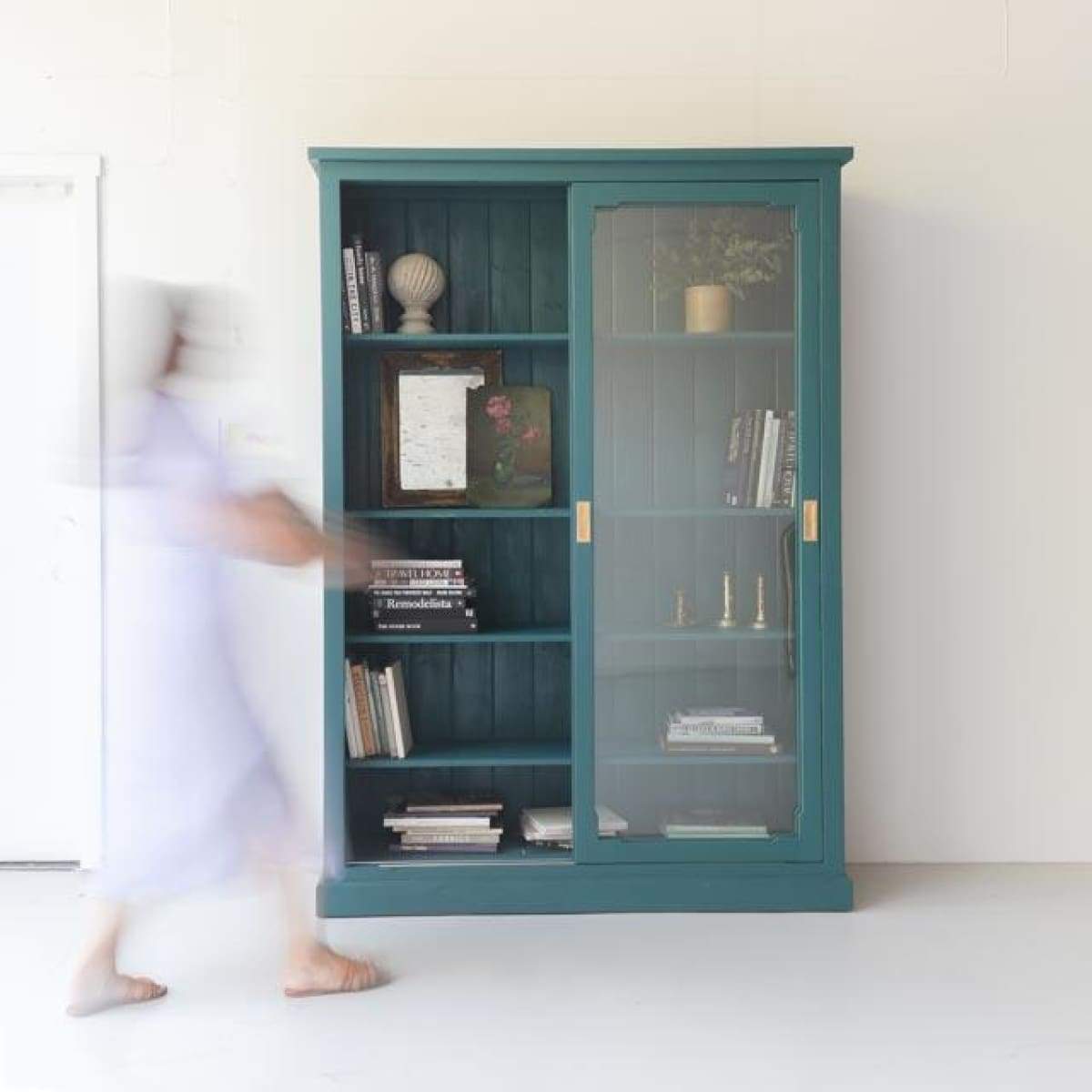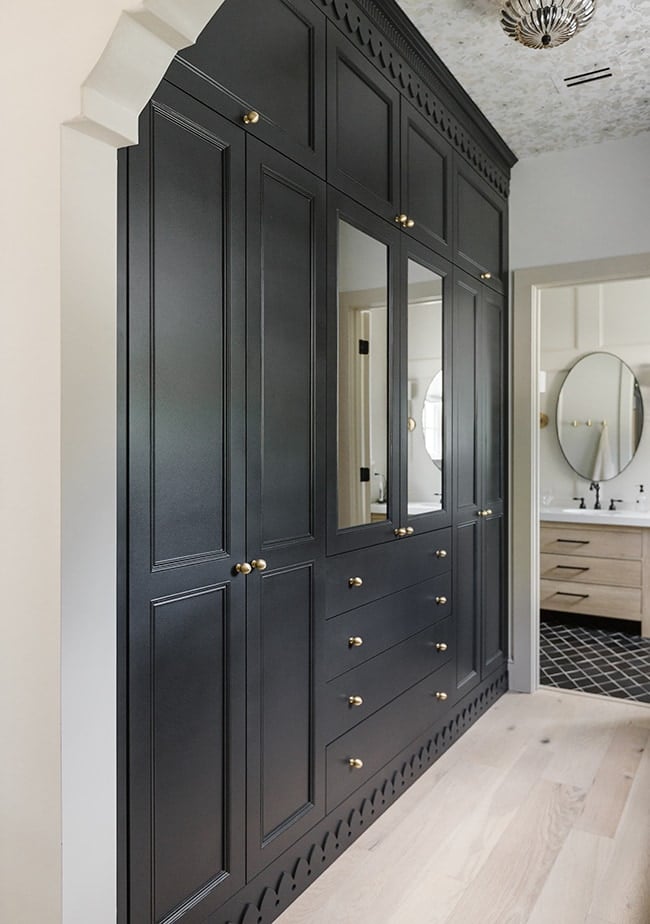All Categories
Featured
In home style, door placement frequently takes a rear seat to bigger architectural choices, yet it plays a crucial function fit exactly how a house feels and works. Correct door placing guarantees that areas are effective, visually pleasing, and favorable to a comfy lifestyle. Here's a comprehensive take a look at the science behind door positioning and why it is entitled to more focus in the style procedure.
Doors are the gateways that link one area to one more, and their positioning needs to facilitate smooth motion throughout the home.
Secret Factors To Consider:
Sensible Pathways: Placement doors to align with natural website traffic patterns. As an example, a kitchen door should supply straight accessibility to the eating area to simplify everyday routines.
Reducing Obstacles: Avoid placing doors where furnishings or architectural elements might block their swing or develop traffic jams.
Transitions: Use doorways to mark shifts in between personal and public areas, such as corridors bring about bedrooms.
The positioning of doors can significantly affect how light and air distribute within a home, adding to its overall atmosphere and energy effectiveness.
Positioning Approaches:
Cross-Ventilation: Area doors opposite home windows or various other openings to promote air flow, specifically in warm environments.
Sunlight Optimization: Think about the alignment of exterior doors to record morning or afternoon light, lightening up insides normally.
Glass Doors: Utilize doors with glass inserts to enable light to filter with, improving illumination in surrounding spaces.
Calculated door positioning is necessary for keeping privacy in essential locations without compromising availability.
Finest Practices:
Bedrooms and Bathrooms: Setting these doors away from high-traffic zones like living kitchens or spaces to produce a sense of resort.
Guest Areas: For homes with guest suites, doors must provide both easy gain access to and privacy for visitors.
Main Entryway: The front door should use straight access to typical locations without exposing excessive of the home's interior.
Beyond functionality, doors play a considerable role in the aesthetic comprehensibility of a room. Their positioning and style must boost the home's aesthetic appeal.
Layout Tips:
Balance and Balance: Straighten doors symmetrically in common rooms like hallways to produce a feeling of order.
Prime Focus: Use grand entrance doors or distinct designs as visual highlights.
Consistency: Suit door designs and finishes throughout the home for a natural look.
Door positioning can affect a home's power efficiency by managing heat flow and insulation.
![]()
Energy-Saving Methods:
Shielded Doors: Use well-insulated outside doors to minimize energy loss.
Wind Defense: Position major doors far from prevailing wind directions or utilize vestibules to minimize drafts.
Zoning: Use doors to area off locations of the home for targeted home heating or cooling.
![]()
In many cultures, the positioning of doors carries symbolic meaning and can influence just how a home is perceived.
Examples:
Feng Shui: In this tradition, the front door's placement influences the flow of "chi" or energy, with standards emphasizing openness and equilibrium.
![]()
Directional Positioning: In Vastu Shastra, an ancient Indian design ideology, door alignment is thought to influence success and consistency.
Access Statements: Grand entryways or intricately developed doors can signify warmth and hospitality.
Last Thoughts
Door placement is both an art and a scientific research. Thoughtful placing makes sure that homes are not only practical but likewise unified and welcoming. By thinking about spatial circulation, natural light, privacy, and social aspects, developers and home owners can produce areas that feel well balanced and intuitive. When prepared correctly, doors come to be greater than simply entrance points; they form the entire living experience.
- Enhancing Spatial Flow
Doors are the gateways that link one area to one more, and their positioning needs to facilitate smooth motion throughout the home.
Secret Factors To Consider:
Sensible Pathways: Placement doors to align with natural website traffic patterns. As an example, a kitchen door should supply straight accessibility to the eating area to simplify everyday routines.
Reducing Obstacles: Avoid placing doors where furnishings or architectural elements might block their swing or develop traffic jams.
Transitions: Use doorways to mark shifts in between personal and public areas, such as corridors bring about bedrooms.
- Maximizing All-natural Light and Ventilation
The positioning of doors can significantly affect how light and air distribute within a home, adding to its overall atmosphere and energy effectiveness.
Positioning Approaches:
Cross-Ventilation: Area doors opposite home windows or various other openings to promote air flow, specifically in warm environments.
Sunlight Optimization: Think about the alignment of exterior doors to record morning or afternoon light, lightening up insides normally.
Glass Doors: Utilize doors with glass inserts to enable light to filter with, improving illumination in surrounding spaces.
- Stabilizing Personal Privacy and Accessibility
Calculated door positioning is necessary for keeping privacy in essential locations without compromising availability.
Finest Practices:
Bedrooms and Bathrooms: Setting these doors away from high-traffic zones like living kitchens or spaces to produce a sense of resort.
Guest Areas: For homes with guest suites, doors must provide both easy gain access to and privacy for visitors.
Main Entryway: The front door should use straight access to typical locations without exposing excessive of the home's interior.
- Visual Assimilation
Beyond functionality, doors play a considerable role in the aesthetic comprehensibility of a room. Their positioning and style must boost the home's aesthetic appeal.
Layout Tips:
Balance and Balance: Straighten doors symmetrically in common rooms like hallways to produce a feeling of order.
Prime Focus: Use grand entrance doors or distinct designs as visual highlights.
Consistency: Suit door designs and finishes throughout the home for a natural look.
- Power Performance Factors To Consider
Door positioning can affect a home's power efficiency by managing heat flow and insulation.

Energy-Saving Methods:
Shielded Doors: Use well-insulated outside doors to minimize energy loss.
Wind Defense: Position major doors far from prevailing wind directions or utilize vestibules to minimize drafts.
Zoning: Use doors to area off locations of the home for targeted home heating or cooling.

- Cultural and Symbolic Impacts
In many cultures, the positioning of doors carries symbolic meaning and can influence just how a home is perceived.
Examples:
Feng Shui: In this tradition, the front door's placement influences the flow of "chi" or energy, with standards emphasizing openness and equilibrium.

Directional Positioning: In Vastu Shastra, an ancient Indian design ideology, door alignment is thought to influence success and consistency.
Access Statements: Grand entryways or intricately developed doors can signify warmth and hospitality.
Last Thoughts
Door placement is both an art and a scientific research. Thoughtful placing makes sure that homes are not only practical but likewise unified and welcoming. By thinking about spatial circulation, natural light, privacy, and social aspects, developers and home owners can produce areas that feel well balanced and intuitive. When prepared correctly, doors come to be greater than simply entrance points; they form the entire living experience.
Latest Posts
Specialist Commercial Roofing Solutions in North Platte, Nebraska
Published May 27, 25
2 min read
Find Affordable Auto Repairs with Montclare’s Limited-Time Service Specials
Published May 26, 25
1 min read
Boost Your Home's Exterior with Weathercraft's Home siding Solutions
Published May 25, 25
1 min read
More
Latest Posts
Specialist Commercial Roofing Solutions in North Platte, Nebraska
Published May 27, 25
2 min read
Find Affordable Auto Repairs with Montclare’s Limited-Time Service Specials
Published May 26, 25
1 min read
Boost Your Home's Exterior with Weathercraft's Home siding Solutions
Published May 25, 25
1 min read